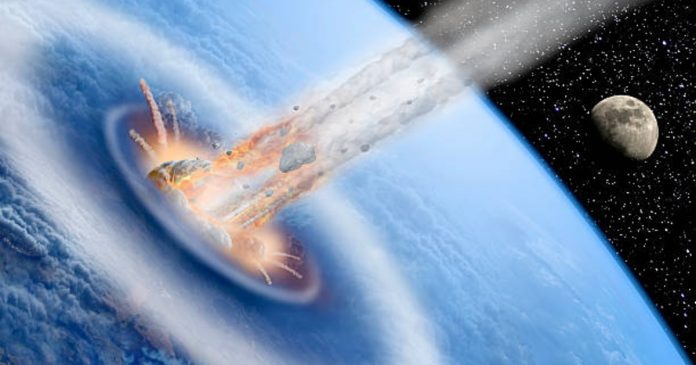The Younger Dryas Impact Hypothesis grips scientists with its bold claim of a cosmic catastrophe that reshaped Earth around 12,800 years ago. Fresh evidence emerges from shocked quartz grains buried in ancient sediments. This discovery, detailed in a PLOS One study, ties directly to massive animal die-offs and the sudden end of an early human culture. 10 Experts examined layers from three pivotal spots across the southwestern United States. Their findings paint a vivid picture of explosive airbursts from comet fragments, fueling extinctions and cultural upheaval.
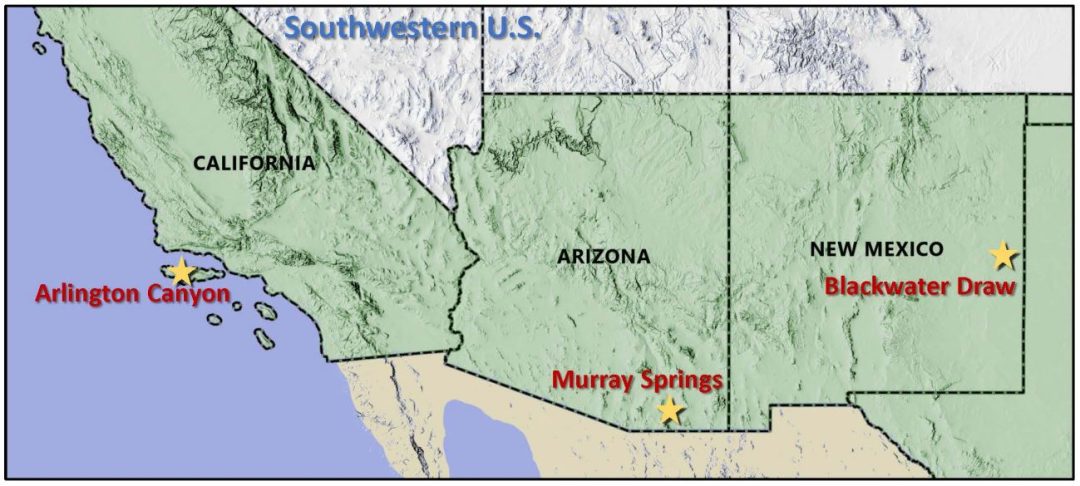
YDIH Study Sites
Teams delved into sediments at Murray Springs in Arizona, Blackwater Draw in New Mexico, and Arlington Canyon in California. These places brim with clues from the past. Each reveals a distinct layer pinpointed to the dawn of the Younger Dryas period. Within it, quartz crystals bear telltale fractures brimming with melted silica.
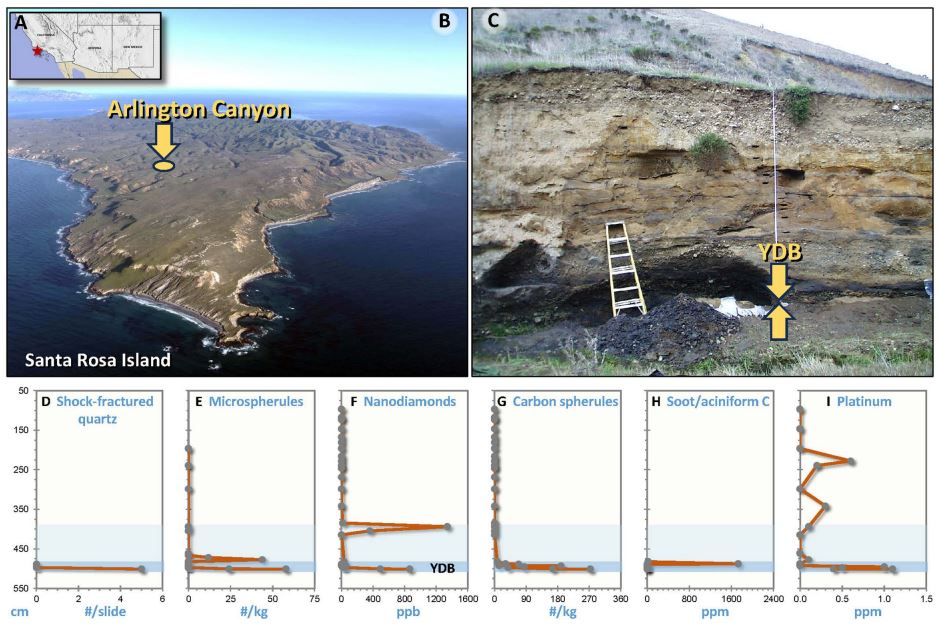
To verify these signatures researchers deployed an arsenal of ten advanced methods. Tools ranged from transmission electron microscopy to scanning electron microscopy. The crystals exhibit planar deformation features alongside planar fractures. Such signatures mirror those etched into quartz from famed craters, including Meteor Crater and the dinosaur-killing Chicxulub site.
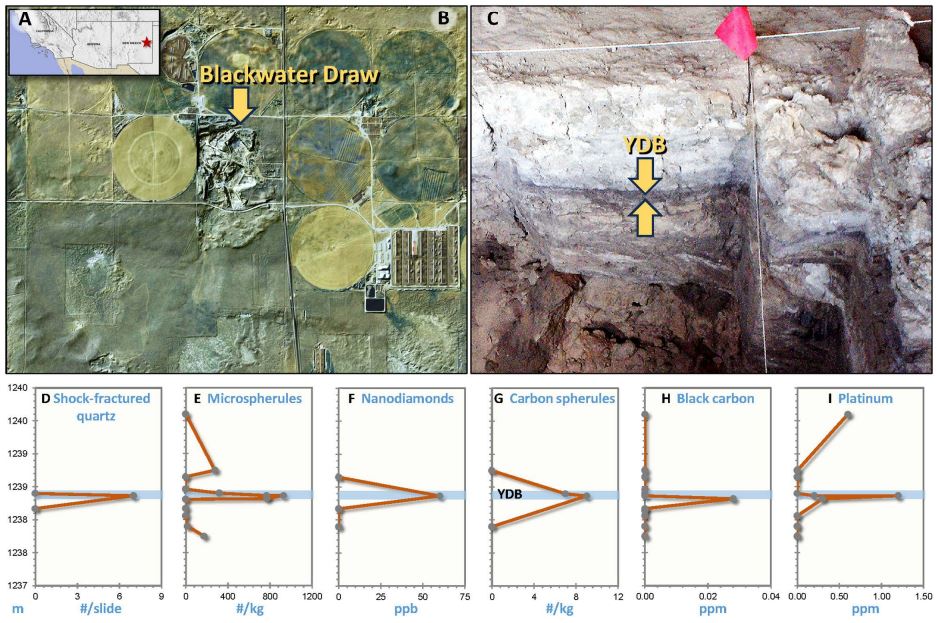
Comparisons extend to human-made blasts too. Quartz from the 1945 Trinity nuclear test shows parallel traits. Simulations recreate the chaos of a 100-meter comet chunk detonating. Pressures soar to 10 gigapascals, more than enough to warp quartz in this dramatic fashion.
Clues Unearthed at Key Locations
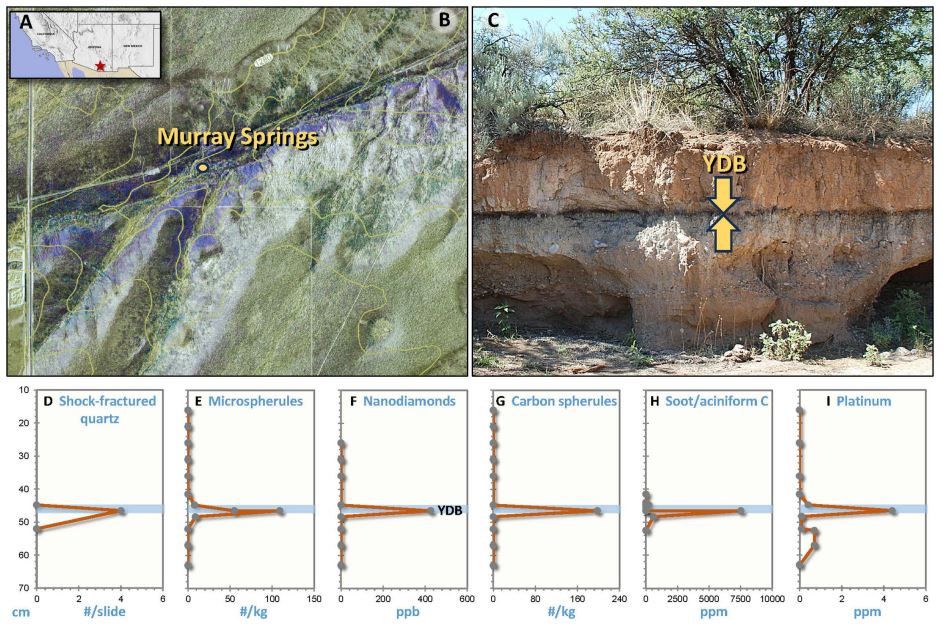
Murray Springs captivates with its dark mat layer capping the shocked quartz. Clovis tools and mammoth skeletons litter the site. Nothing like them turns up higher in the strata. A butchered mammoth, its bones darkened by the mat, hints at a frantic final hunt. Nearby footprints, sealed under the mat, capture frozen moments from the brink of disaster.
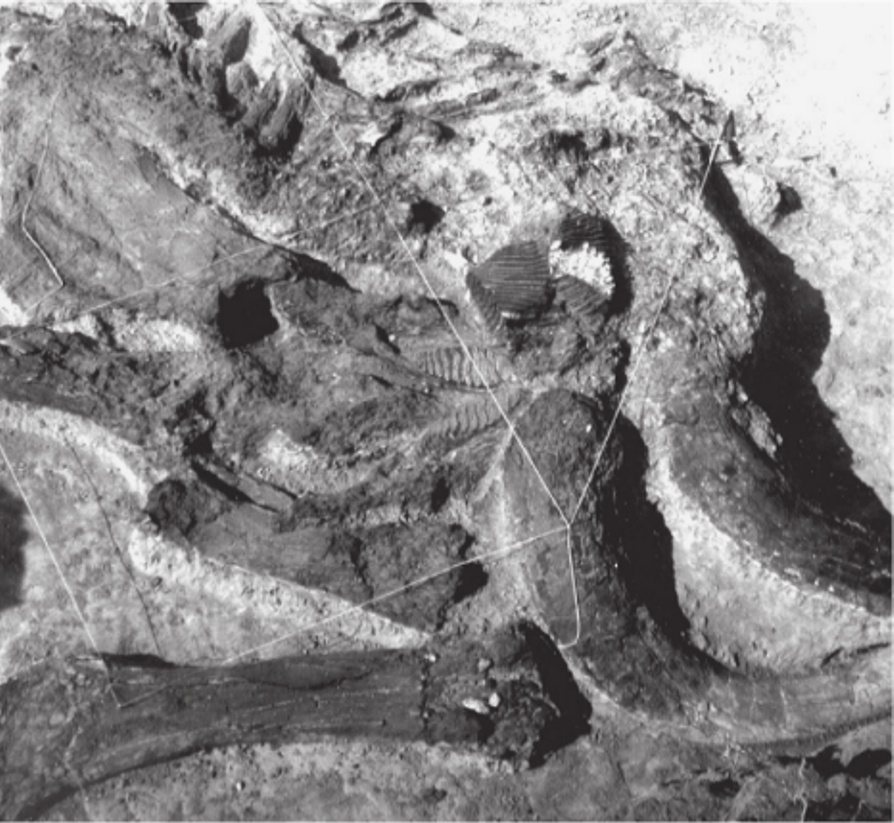
Blackwater Draw stands as the birthplace of Clovis discoveries. Its black mat aligns perfectly with 12,800 years ago. Beneath it rest spear points and bones of vanished beasts. A stained mammoth nearby underscores the abrupt halt. The Younger Dryas Impact Hypothesis weaves these threads into a tale of sudden cosmic intervention.
Arlington Canyon, perched on Santa Rosa Island, isolates the drama in a remote haven. Bones of the Arlington Man rest just below the black mat. Dwarfed mammoths met their end here amid the turmoil. Human traces vanish for 600 to 800 years afterward. This break amplifies the notion of widespread shock under the Younger Dryas Impact Hypothesis.
Dates lock in across the trio of sites. Sophisticated Bayesian modeling pegs the layer between 12,875 and 12,775 years ago. Statistical tests affirm a unified event, binding the scenes together.
Markers That Ignite the Theory

These layers burst with unusual indicators. Tiny spherules, nanodiamonds, and glassy melts surge in abundance. Precious metals like platinum and iridium peak sharply. Charred soot points to raging infernos. All recall remnants from cosmic strikes.
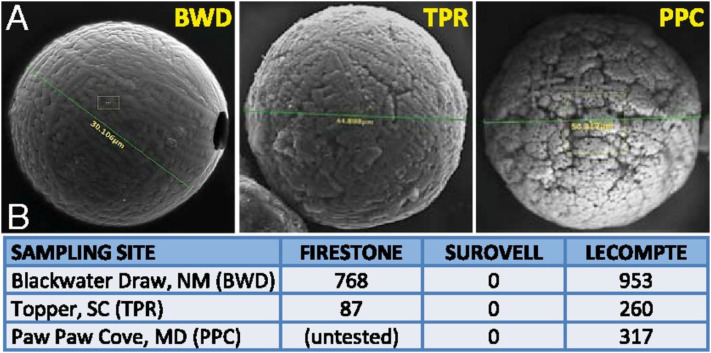
The pattern sprawls across five continents. More than 60 locations span 100 million square kilometers. Dozens of ancient spherule beds, many without visible craters. Younger Dryas Impact Hypothesis fits neatly into this global mosaic.
Diving Deeper into the Younger Dryas Impact Hypothesis
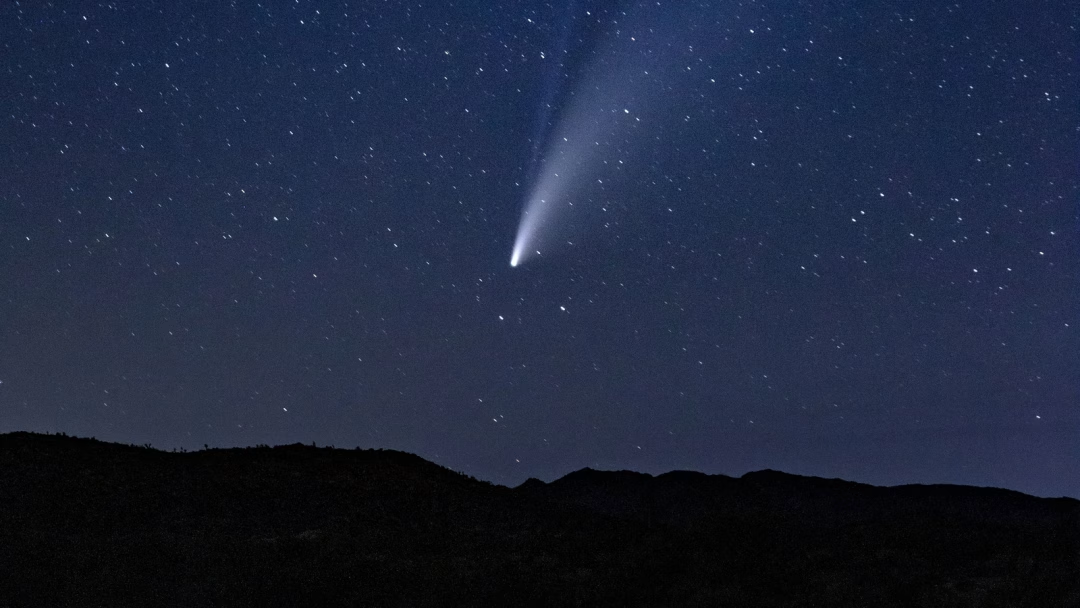
The Younger Dryas Impact Hypothesis envisions Earth plowing through a comet’s shattered trail 12,800 years ago. First pioneered by Richard Firestone and his team in 2007, it imagines a behemoth over 100 kilometers across. Incoming pieces unleashed airbursts and ground hits.
Fires erupted on a continental scale. Veils of dust and smoke dimmed the sun, ushering in a harsh impact winter. Seas churned with altered currents, plunging northern lands into 1,200 years of chill. Megafauna like mammoths faded away, while human bands dwindled or scattered.
Ice cores from Greenland capture platinum surges at the threshold. Nanodiamonds scatter in deposits far and wide. These elements bolster the Younger Dryas Impact Hypothesis against doubt.
A thorough 2021 examination sifted through the evidence. It highlighted uniform a spread of indicators. This fresh 2025 analyses uphold the data, even as debates rage.
Sparks of Controversy in the Field
Skeptics challenge the Younger Dryas Impact Hypothesis fiercely. Some dispute the timing’s unity. Others dismiss markers as everyday debris or shifted relics. Nicholas Pinter and coauthors 2011 critique dubbed it the hypotheses a final farewell.
New dismissals surface regularly. A 2023 breakdown by Martin B. Sweatman aimed to dismantle every criticism. Shocked quartz shifts the balance. Limited to that pivotal boundary, it resists straightforward substitutes. No alternate mechanism explains the complete assortment of cues.
Horizons for Discovery Ahead
The Younger Dryas Impact Hypothesis redefines abrupt twists in Earth’s story. It connects stellar intruders to loss of species and reshaped societies. Expanding hunts for shocked quartz could unlock more secrets.
Predictions include hidden craters from stray pieces. Probes in untouched wilds might reveal them. Cores from frozen depths and quiet lakes promise additional evidence.
This new breakthrough fortifies the Younger Dryas Impact Hypothesis. The shocked quartz etches a cosmic fingerprint into history’s ledger. Future explorations stand poised to unveil even more.
Grasping these ancient shockwaves sharpens awareness of potential modern threats. The narrative cautions against complacency in the face of rare, world-altering blows.

